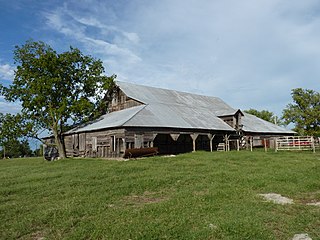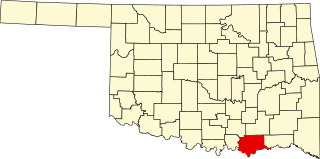There are 3 National Natural Landmarks in Oklahoma. [1]
| Name | Image | Date | Location | County | Ownership | Description |
|---|---|---|---|---|---|---|
| Devil's Canyon | December 1974 | 35°21′48″N98°20′30″W / 35.363333°N 98.341667°W | Canadian | private | Known for several different mesic plants in a diverse environment of oak woodland/tall prairie grass and eastern deciduous forest | |
| McCurtain County Wilderness Area | December 1974 | Broken Bow 34°16′55″N94°41′48″W / 34.281971°N 94.696655°W | McCurtain | state | A 14,087 acres (57.01 km2) wilderness nature preserve since 1918. It is an excellent example of a xeric upland oak-pine forest | |
| Salt Plains National Wildlife Refuge | June 1983 | Jet 36°45′01″N98°13′27″W / 36.750314°N 98.224259°W | Alfalfa | federal | A 32,000-acre (130 km2) National Wildlife Refuge, it is a critical habitat for 75% of the endangered whooping crane population. | |








